Black poison strain
$300.00 – $1,300.00
Description
Black poison strain definition
The Black Poison strain is an 80% indica dominant hybrid marijuana strain bred by Sweet Seeds. It is a cross between two potent indica strains – Black Domina and Poison. This strain was created to provide a strong body high and have high THC levels.
The Black Poison plant grows short and bushy with dark green leaves. It has a flowering time of 8-9 weeks and produces dense, rock-hard buds covered in a thick layer of trichomes, giving them a frosted appearance.
The buds have a sweet, earthy aroma with hints of licorice. The flavor is similar with a spicy herbal taste upon exhale. With THC levels ranging from 20-25%, Black Poison delivers a powerful, full-body relaxation perfect for nighttime use.
The high comes on slowly at first, inducing a calming effect that helps relieve stress. As it progresses, an intense couchlock sets in, weighing down the body and limbs. This makes Black Poison popular for treating insomnia, chronic pain, and anxiety. The indica effects can also stimulate appetite.
Potential side effects include dry mouth and eyes, dizziness, and paranoia when over-consumed. Overall, Black Poison is a top-shelf indica for those seeking a sedative, relaxing high with pain-relieving properties. Its high THC content provides a potent experience suited for veteran consumers.
Historical significance of Black poison strain
The Black Poison strain has an interesting history and significance in the cannabis world. Here is a unique perspective on the historical importance of this potent indica-dominant hybrid:
Black Poison was first bred in 2012 by the reputable Spanish seed bank Sweet Seeds. They crossed two classic indicas – Black Domina and Poison – to create a strain that embodied the best of both.
Black Domina rose to prominence in the early 90s as a resinous Afghani-descendant with narcotic effects. Poison genetic comes from an obscure 1980s indica bred in California. By combining these two strains, Black Poison inherited a robust growth pattern and extraordinarily high THC levels.
This genetic pedigree gives Black Poison historical significance as a modern hybrid of two rare, foundational indica landraces. It represents an evolution in indica breeding to amplify THC potency and resin production.
The name Black Poison also has symbolic importance, describing the strain’s dark appearance and powerful effects. The ‘black’ denotes its dark green and purple coloration, while ‘poison’ references its potently intoxicating properties.
As a contemporary hybrid of old-school indicas, Black Poison has become popular for its nostalgic effects reminiscent of the heavy-hitting indicas of the 1980s and 90s. It provides a historical bridge between the cannabis of yesteryear and modern high-potency strains.
In summary, Black Poison has historical significance both genetically through its pedigree and symbolically through its branding. It pays homage to the past while delivering spectacular potency expected of contemporary cannabis. This makes it appealing for both new consumers and cannabis veterans alike.
Black poison strain structure and appearance
The Black Poison strain is an 80% indica dominant hybrid that was created by crossing the strains Black Domina and Poison. It has a complex genetic background, being a grandchild of the legendary Northern Lights strain.
In terms of structure, Black Poison grows as a short and bushy plant. It has a classic Christmas tree shape with dense, rock-hard buds. The buds are olive green in color with hints of purple, covered in a thick layer of trichomes that makes them appear frosty.
The aroma of Black Poison is where it gets its name from. It has an extremely pungent smell, like a skunky garlic fuel. Breaking open the buds releases even more of the foul odor. However, the taste is sweet and earthy when smoked or vaped.
The high from Black Poison starts with a elevating cerebral buzz that boosts mood and focus. This quickly gives way to a heavy, sedative body sensation that melts away stress and physical pain. The potent indica effects make this strain popular for treating insomnia, anxiety, and chronic pain conditions.
In summary, the Black Poison strain has a classic indica structure and appearance, with extremely pungent skunky buds that provide a euphoric yet deeply relaxing high. Its powerful effects make it ideal for nighttime use and treating medical conditions.
Black poison strain growing conditions
Black Poison thrives when grown indoors where its environment can be closely monitored and controlled. It is best suited for a hydroponics or coco coir setup where it can get consistent nutrients and watering. This strain prefers slightly warmer temperatures around 80°F and moderate humidity levels around 50-60% during the vegetative stage.
When flowering, Black Poison needs lower humidity around 40% to prevent mold and mildew. The lights should be switched to a 12/12 schedule to trigger the flowering stage. During this time, temperatures can be slightly lowered to around 75°F at night and 80°F during the day.
This strain is sensitive to nutrients so only half doses of bloom fertilizers are recommended during the flowering stage. Flushing should begin 1-2 weeks before harvest to rid the plant of excess salts and minerals and improve the smoothness of the smoke.
With its short stature, Black Poison can be grown in small indoor spaces like grow tents or grow boxes. However, it will require some pruning and training techniques like topping to encourage more bud sites since it does not naturally branch out much. Proper air circulation is crucial to prevent moisture buildup.
When cared for attentively indoors, the Black Poison strain can produce very impressive yields in just 8-9 weeks of flowering. Its pungent skunky buds will be caked with glistening trichomes, delivering robust effects to the happy grower.
Black poison strain active compounds and their effects
The Black Poison strain is a hybrid cannabis strain that was bred by crossing the strains Black Domina and Poison. Here are some details on its chemical composition and effects:
– THC levels – It has very high THC levels that can range from 20-28%. THC is the main psychoactive compound in cannabis responsible for the “high” feeling.
– Terpenes – Some of the prominent terpenes found in Black Poison include myrcene, caryophyllene, and limonene. Terpenes are aromatic compounds that give strains their distinctive smells and contribute to the effects. Myrcene induces relaxation, caryophyllene has anti-inflammatory effects, and limonene uplifts mood.
– Effects – The high THC and myrcene levels make this a very potent and sedative indica-dominant strain. It provides a strong body high that relieves pain and helps sleep. The high can feel narcotic and couch-locking. It also provides euphoria and uplifted mood from the limonene.
– Medical uses – The heavy indica effects make Black Poison popular for treating insomnia, chronic pain, muscle spasms, anxiety, and loss of appetite.
– Potential side effects – Dry mouth, dry eyes, dizziness, anxiety or paranoia in high doses.
In summary, Black Poison is a THC-rich indica-dominant strain with a complex terpene profile that delivers potent sedative, euphoric, and medical effects. Its high THC levels make it better suited for experienced cannabis consumers.
Black poison strain medical and therapeutic applications
The indica-dominant hybrid strain Black Poison has become popular for its potent therapeutic effects. With THC levels reaching over 20%, Black Poison delivers powerful full-body effects that can help treat a variety of medical conditions.
One of the main uses of Black Poison is for managing chronic pain symptoms. The heavy body sensations significantly reduce pain and aches in the back, joints, and muscles. Black Poison is especially effective at nighttime for conditions like arthritis or neuropathic pain as it also aids sleep.
Insomnia is another key condition treated with Black Poison. The deep relaxation and sedative qualities can help those struggling with sleep issues like nighttime restlessness or inability to fall asleep. Just a few puffs of Black Poison can induce a narcotic, couch-locked high that settles both the body and mind into a restful state.
Black Poison can also help stimulate appetite in those with conditions like cancer or HIV that suppress appetite. The munchies effect from the THC and terpenes like myrcene can make food more appealing. It also reduces nausea, which improves the ability to eat.
For mental health, Black Poison can temporarily relieve anxiety and depression. The initial cerebral head high lifts mood and outlook, while the indica body effects relieve physical symptoms of stress and tension. However, high doses may increase paranoid feelings.
Patients should be aware of potential side effects like dry mouth and dizziness. Black Poison is a strain best reserved for nighttime use due to its sedating qualities. When used properly, Black Poison is an effective indica-dominant hybrid for managing pain, insomnia, and other medical conditions requiring deep relaxation of body and mind.
Black poison strain planting seasons
Black Poison is an indica-dominant hybrid that thrives in a warm, sunny, Mediterranean-like climate. This strain originated in Europe, so it prefers similar conditions to what is found around the Mediterranean Sea.
The ideal time to plant Black Poison outdoors is in late spring to early summer when daylight hours are increasing and temperatures are warming. Black Poison needs consistent sunshine and daytime temperatures between 72-80°F once established.
Many growers start Black Poison indoors or in greenhouses in early spring. This gives the plants time to establish roots and foliage before transplanting outdoors in late May or June. Outdoor plants should be ready for harvest by mid-September to early October.
If planting Black Poison in more northern climates with cooler nights, it’s best to choose planting sites that receive maximum sunlight and are protected from wind. Southern exposures against structures or hillsides are ideal.
Growers in cooler climates can also start Black Poison indoors up to 2 months before the last expected frost. Transplant outdoors in late spring once night temperatures stay above 50°F and there is no danger of frost.
For maximum yield and potency, Black Poison requires about 10-12 hours of sunlight per day. Extended sunlight exposure in late summer will bring out this strain’s full terpene and cannabinoid development. With its preference for a sunny Mediterranean climate, Black Poison thrives when planted at the right time for warm seasons.
Black poison strain flowering time
Black Poison is known for having a relatively quick flowering time compared to other indica-dominant strains. This makes it an appealing choice for both indoor and outdoor growers looking to produce multiple harvests throughout the growing season.
When grown indoors, Black Poison typically begins flowering between 5-7 weeks after the seeds have germinated or clones have been transplanted. Once flowering starts, Black Poison finishes its bloom cycle in just 7-9 weeks on average. This quick finish allows indoor growers to yield multiple crops each year.
Outdoors, Black Poison will start flowering based on seasonal changes in sunlight. When grown in its ideal Mediterranean climate, Black Poison generally begins to flower in late July or early August. Flowering reaches peak by late September and plants will be ready for harvest by mid-October.
The speedy flowering time is attributed to Black Poison’s indica-dominant genetics. Landrace indica strains originating from hash-producing regions evolved to flower quickly to avoid detection. Black Poison exhibits this rapid flowering trait, allowing growers to produce top-shelf buds in a short period.
With relatively minimal vegetative growth and a quick transition to flowering, Black Poison can produce high resin yields in just 8-10 weeks from start to finish. This fast flowering time makes Black Poison a valuable strain for growers interested in maximizing harvests and profits.
Black poison strain harvesting season
Black Poison is an indica-dominant strain that is well-suited for both indoor and outdoor cultivation. When grown outdoors, this fast-flowering strain can be harvested multiple times per growing season in ideal conditions.
For outdoor growers, the harvesting window for Black Poison depends primarily on the climate and latitude where it is grown. In the Northern Hemisphere, Black Poison planted in early spring can be harvested by mid-September when grown in Mediterranean climates with long summers. Further north, with shorter summers, harvest time is typically October.
In tropical equatorial regions, Black Poison can produce three harvests per year when planted in early spring, summer, and fall. Each harvest occurs approximately 10-12 weeks after the start of the flowering stage. The quick flowering time of Black Poison allows multiple crops in one season.
For indoor cultivation, Black Poison flowering time is not dependent on seasons or light cycles. Indoors, it takes approximately 8-10 weeks from the start of the 12/12 lighting schedule until harvest. With proper lighting and nutrients, indoor growers can harvest Black Poison multiple times per year.
Whether growing indoors or outdoors, proper curing and drying after harvest is vital to preserve the delicate terpene profile and full flavor of Black Poison. When harvested and cured correctly, Black Poison delivers a sweet, fruity aroma and a relaxing high perfect for evening use. The ability to harvest this strain multiple times per year makes it a favorite among growers.
Black poison strain harvesting and processing methods
Black Poison is an indica-dominant hybrid strain that was bred by crossing Black Domina and Poison. It has a THC content of up to 25% and a complex terpene profile that lends it a sweet, earthy aroma. Black Poison is known for its heavy, sedative effects that help relieve pain, insomnia, and stress.
When growing Black Poison, it is important to pay close attention to the flowering time. This strain flowers for 8-9 weeks and is ready for harvest when the pistils have turned reddish-orange and the trichomes are milky white and amber in color. Growers should flush the plants with plain water 1-2 weeks before harvest to rid the plants of excess nutrients and improve flavor.
Harvesting is done by cutting each flower off the stem just above the node. It is best to harvest in the morning when trichomes are most engorged with resin. Use sharp scissors or pruning shears for a clean cut. Immediately trim off any large fan leaves and hang the branches upside down in a dark, dry room with moderate humidity and temperatures around 60-70°F.
Once the smaller leaves and buds have dried after 5-7 days, it’s time to begin curing. Carefully trim off the rest of the sugar leaves and manicure the buds into their final form. Place the trimmed buds into airtight glass jars, filling about 3/4 full. Open the jars daily for 10-15 minutes over the next 4-6 weeks to control humidity and evenly distribute moisture. This slow cure will bring out the full flavor and aroma of the Black Poison.
Properly cured Black Poison buds will have a complex aroma of sweet berries and earth with hints of fuel. The flavor is earthy and berry-like on the inhale that transitions into a spicy, almost metallic flavor on the exhale. When smoked or vaped, the heavy physical effects take hold quickly, inducing deep relaxation and sleepiness. Black Poison is best saved for nighttime use when its powerful sedative qualities can be fully appreciated.
Black poison strain indoor vs. outdoor cultivation
Black Poison is a mostly indica strain that can be grown successfully both indoors and outdoors. However, there are some key differences between indoor and outdoor grows of this strain that can impact the outcome.
For indoor cultivation, Black Poison will thrive in a controlled environment with regulated temperature, humidity, lighting, and ventilation. Indoors, the grower can manipulate conditions to maximize bud production. However, supplemental lighting is required to initiate the flowering stage. The biggest advantage to indoor growing is the ability to produce multiple harvests each year. With a flowering time of 8-10 weeks, Black Poison can be harvested every 10-12 weeks indoors.
Outdoor cultivation relies on natural sunlight to trigger flowering. While initial costs may be lower for outdoor grows, the grower is at the mercy of seasonal changes and weather. Outdoor Black Poison typically flowers in late September to mid-October in the northern hemisphere when daylight hours decrease below 12 hours per day. While high-quality product can be achieved, outdoor plants are more susceptible to mold, pests, and powdery mildew.
Additionally, indoor plants tend to produce higher THC levels as conditions can be optimized. However, terpene profiles may be more complex with outdoor plants. Ultimately, either growing method can produce top-shelf Black Poison buds when properly cultivated. The choice comes down to the level of control desired by the individual grower. Both indoor and outdoor grows have advantages if executed correctly.
Black poison strain effects on biodiversity
A virulent strain of the toxic black poison has emerged in recent years, causing even more severe damage to ecosystems than the original variant. This new black poison strain is capable of persisting in the environment for longer periods of time before breaking down. It is also more acutely poisonous across a wider range of species, including many plants and animals previously unaffected by normal black poison contamination. Areas exposed to the new strain have experienced catastrophic collapses in biodiversity, as key species across multiple levels of the food web succumb rapidly. Entire habitats have been rendered virtually lifeless in the aftermath. Scientists are deeply concerned about the potential for irreversible harm if the more toxic strain continues to spread. Emergency conservation efforts are underway to protect vulnerable ecosystems by containing and neutralizing the deadly black poison strain before the intricate tapestry of life is further unraveled. However, the outlook remains uncertain if this strain cannot be brought under control.
Black poison strain worldwide legal status
The legal status of the black poison strain varies worldwide, though most countries have moved to strictly regulate or ban its production, use and transport due to its extreme toxicity and threat to ecosystems.
Some key facts about the global legal status of the black poison strain:
– The black poison strain is classified as a hazardous chemical under the United Nations’ Globally Harmonized System of Classification and Labelling of Chemicals. This requires special handling procedures and safety precautions.
– The strain has been completely banned in the European Union, Canada, Australia, New Zealand and many other developed nations due to its unacceptable environmental and health risks. Severe penalties apply to its unauthorized production, possession or transportation.
– The United States has enacted strict regulations on black poison strain under its federal Toxic Substances Control Act. The chemical requires special permits and controls for research or industrial uses, which are limited.
– China and Russia have imposed some regulations and restrictions on black poison strain but have stopped short of an outright ban. Their weaker environmental oversight has raised concerns.
– Many developing nations lack the regulatory framework to restrict production and use of the deadly strain, which poses risks of further proliferation.
– International export/import treaties like the Rotterdam and Stockholm Conventions restrict global trade and transport of the black poison strain between countries.
– Global chemical weapons conventions prohibit the weaponization of the toxic strain, but enforcement remains challenging.
Black poison strain challenges and future outlook
The black poison strain presents complex challenges for regulators and industry due to its extreme toxicity and potential for misuse. While many developed nations have banned it outright, a truly global solution remains elusive.
The strain’s acute lethality makes it a constant proliferation risk. Though not yet weaponized, its toxicity far exceeds chemicals like VX nerve gas. Accidental releases could cause mass casualties, as seen in the 1984 Bhopal disaster. Black market proliferation also remains a threat despite export controls under the Chemical Weapons Convention.
Destroying existing stockpiles has proven difficult. Incineration, the preferred disposal method, requires specialized facilities with advanced emissions controls to contain toxicity. Chemical means of detoxification present their own environmental risks. And storage for decay remains hazardous. This has led to calls for a targeted scientific effort to identify new enzymatic or biochemical neutralization techniques.
The strain’s commercial usefulness has also hindered elimination. It still sees specialized use in some chemical processes and pesticides. Critics argue this limited utility does not justify the risks. But banning economically important chemicals is often politically difficult. It also risks driving production underground to unregulated markets, which could be worse.
Future national bans may rely on alternative chemicals, but viable substitutes have proven elusive so far. The strain’s complex molecular structure makes it uniquely effective for certain applications. Researchers hope targeted molecular engineering could yield safer variants that retain benefits while dramatically lowering risks.
Ultimately, solving the black poison strain challenge may require a novel public-private approach marrying regulation, emerging technologies, financial incentives, and true global cooperation. With vigilance and science-based policy, a world free of this manmade scourge could be possible. But it will take creative thinking and political will to get there.
Black poison strain ending
In conclusion, the black poison strain remains one of the most complex and dangerous chemicals ever created. Its acute toxicity far exceeds traditional chemical weapons, and its specialized uses have hindered global elimination efforts. While a complete ban may not be feasible in the near term, emerging technologies like molecular engineering and bioremediation offer hope for a future where this manmade scourge could be neutralized. But it will require robust international cooperation and innovative policymaking. If the world comes together to meet this challenge, we can one day relegate black poison to the history books where it belongs – as a cautionary tale of science without conscience. With vigilance and moral wisdom, we can and must ensure this substance is never again unleashed on mankind.
Additional information
| Quantity | Ounce, QP, H, LB |
|---|
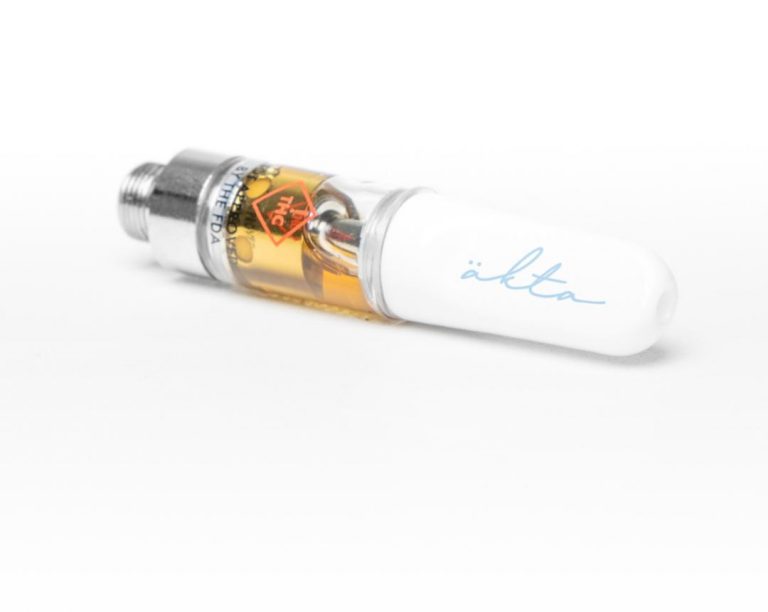
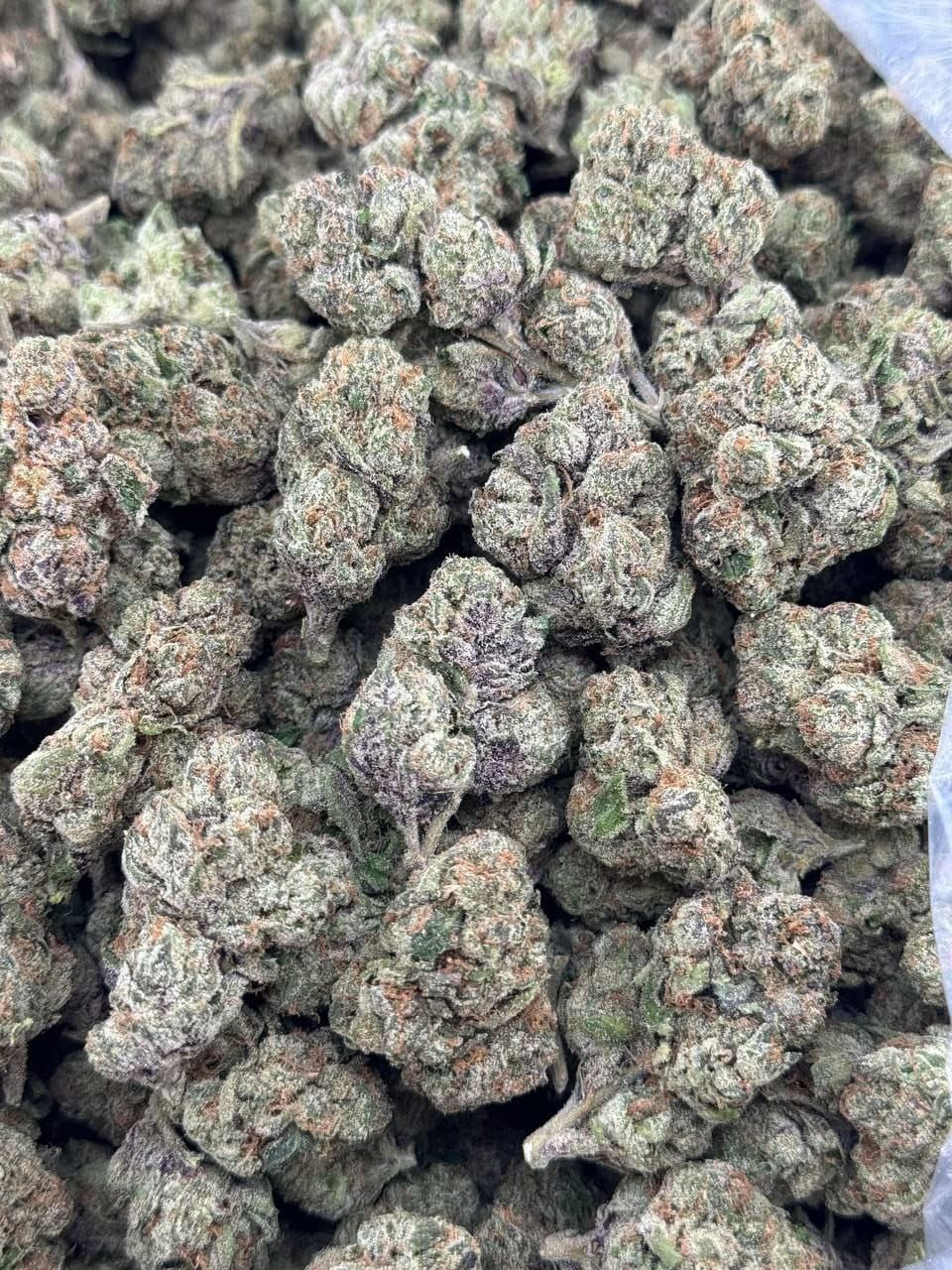
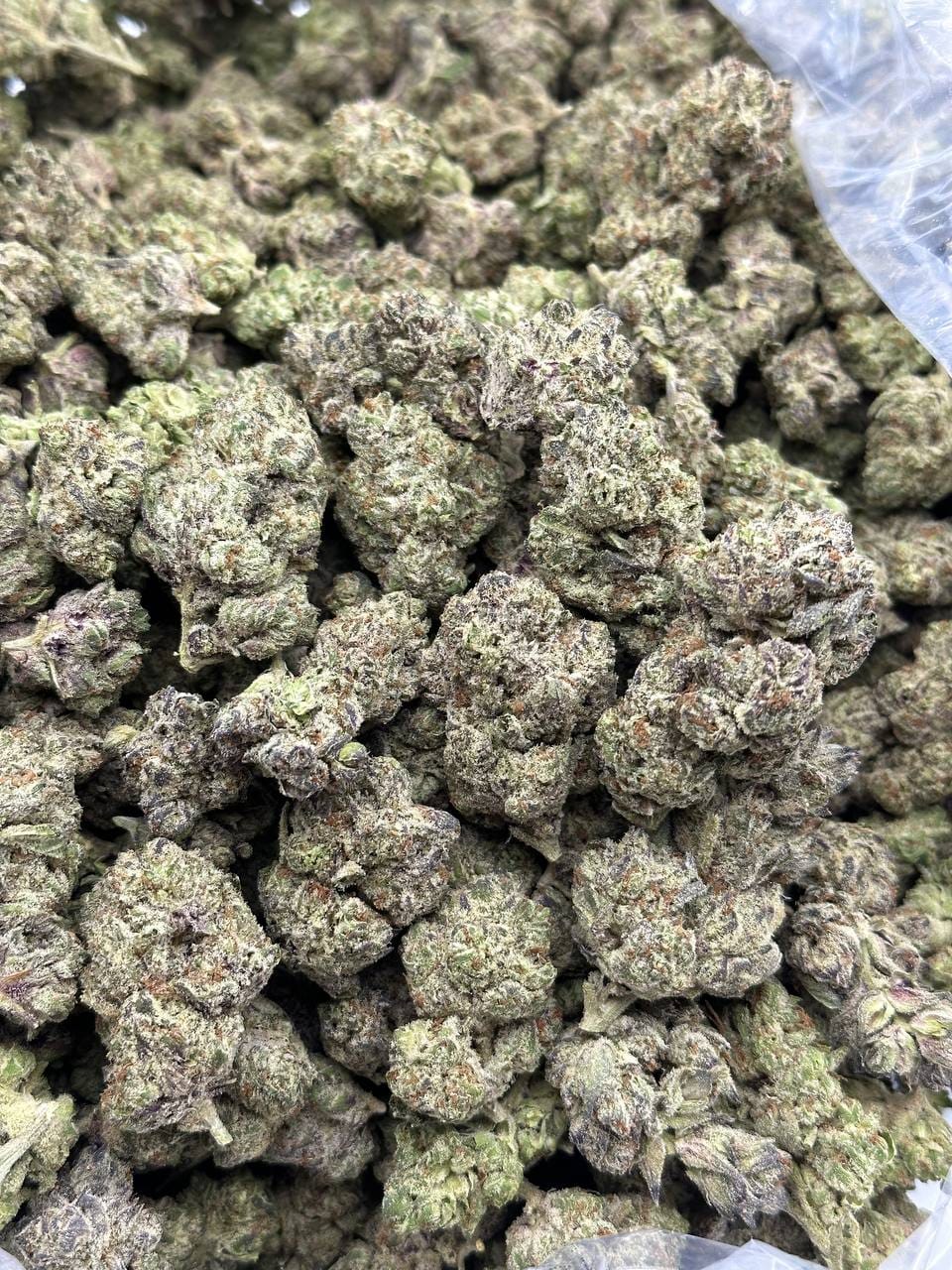
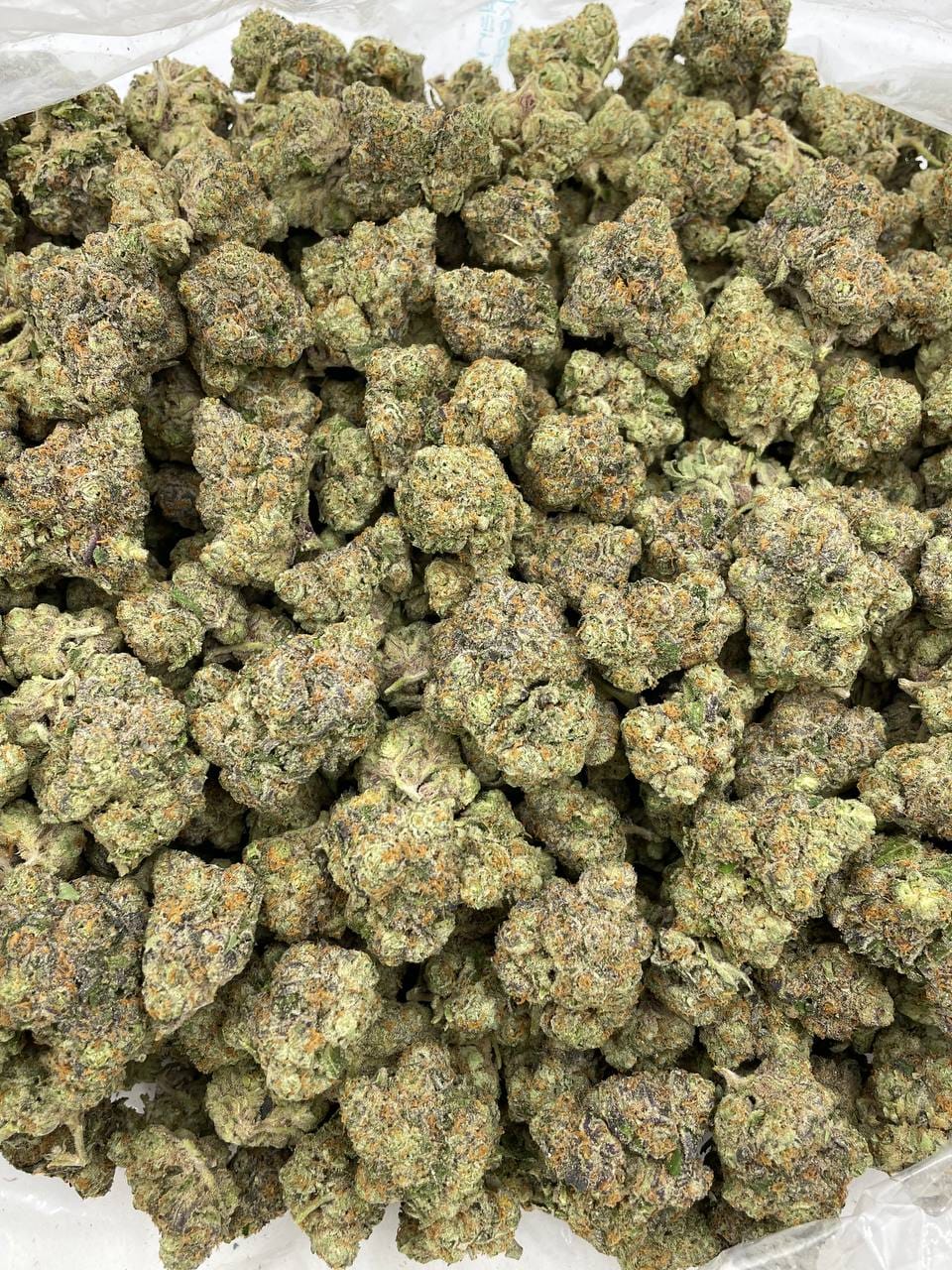
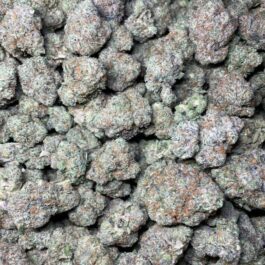
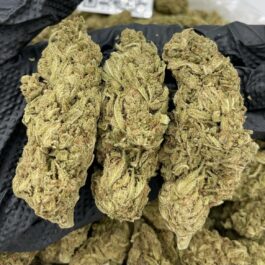
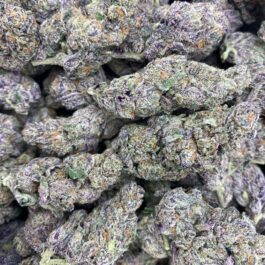
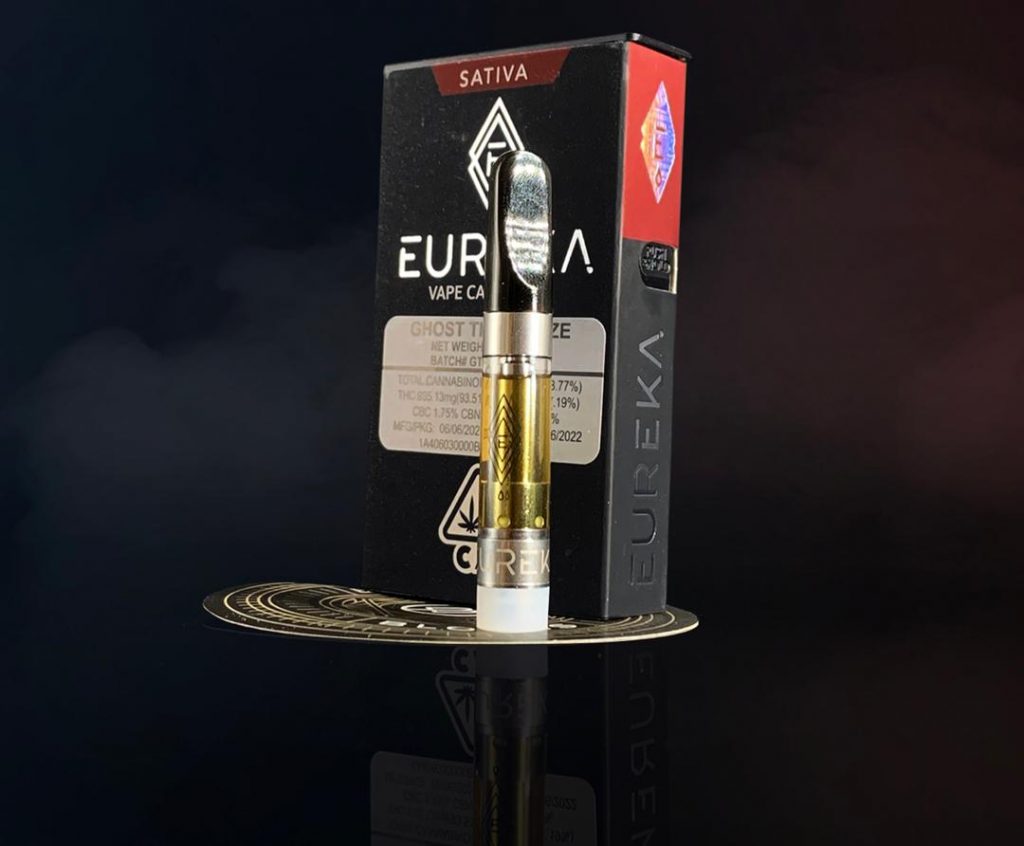
Reviews
There are no reviews yet.